Staying hydrated in the workplace is essential for maintaining productivity, focus, and overall well-being. However, despite the clear benefits, many employees fail to drink enough water throughout the workday. Dehydration can lead to fatigue, headaches, and decreased cognitive performance, affecting both individual and team efficiency. Implementing an effective office hydration strategy can improve employee health, energy levels, and engagement. In this blog post, we explore practical office hydration tips to maximize your water cooler experience and promote a hydrated, healthier workplace.
The Importance of Office Hydration
Water is a fundamental component of our body, comprising about 60% of an adult’s body weight. According to the National Academies of Sciences, Engineering, and Medicine, men should consume about 3.7 liters (125 ounces) of water daily, while women should consume about 2.7 liters (91 ounces). Despite these recommendations, studies show that nearly 75% of Americans are chronically dehydrated, which can negatively impact concentration, memory, and productivity in the workplace.
Office hydration is not just about drinking water when thirsty; it’s about ensuring consistent water intake throughout the day. Proper hydration helps regulate body temperature, improve digestion, support cognitive functions, and reduce stress. Employers who prioritize office hydration strategies often witness enhanced employee engagement and fewer instances of fatigue-related errors.
Common Office Hydration Challenges
Even with water coolers readily available, many employees struggle to stay adequately hydrated. Some common challenges include:
- Busy Schedules: Employees may get caught up in tasks and forget to drink water.
- Lack of Awareness: Many people do not realize they are dehydrated until they experience symptoms like headaches or dizziness.
- Preference for Other Beverages: Coffee, soda, and energy drinks are often more appealing than plain water.
- Limited Access: If water coolers are inconveniently located, employees may not make the effort to use them frequently.
Addressing these issues requires a proactive office hydration strategy that encourages frequent and easy access to water.
How to Maximize Your Water Cooler Experience
1. Keep the Water Cooler Accessible and Visible
The placement of your water cooler can significantly impact how often employees use it. Position it in a high-traffic area, such as near the breakroom, cafeteria, or common workspace. The more visible and convenient the cooler is, the more likely employees are to use it.
2. Promote a Hydration Culture
Encouraging a culture of hydration within the office can have lasting benefits. Employers can implement strategies such as:
- Setting Hydration Goals: Encourage employees to aim for a specific water intake per day.
- Creating Friendly Competitions: Introduce team challenges where departments track their hydration levels.
- Providing Educational Materials: Share information about the benefits of hydration through posters, emails, or meetings.
3. Offer Flavorful Hydration Options
While water is the best option for hydration, some employees may find it bland. Enhance your office hydration strategy by offering infused water with slices of lemon, lime, cucumber, or berries. Herbal teas and coconut water can also be great alternatives to encourage better hydration habits.
4. Invest in Quality Water Dispensers
Outdated or poorly maintained water dispensers can discourage employees from using them. Investing in high-quality, filtered water coolers ensures that employees have access to fresh, clean, and great-tasting water. Advanced coolers that offer chilled, room temperature, and hot water options cater to different preferences.
5. Encourage the Use of Reusable Water Bottles
Providing branded company water bottles can serve as both a hydration incentive and an eco-friendly initiative. Employees who keep a bottle at their desk are more likely to sip throughout the day. Additionally, offering refill stations throughout the office encourages frequent use.
6. Set Hydration Reminders
Many employees forget to drink water because they are focused on their tasks. Encourage the use of hydration reminder apps or set up automated office-wide reminders to take a sip. A simple reminder every hour can significantly increase water intake.
7. Provide Hydration Breaks
Just as lunch and coffee breaks are standard, hydration breaks can be a valuable addition. Encouraging employees to take a short break to grab a glass of water can help improve both hydration and productivity.

8. Educate Employees on the Signs of Dehydration
Employees should be aware of dehydration symptoms, which include:
- Dry mouth and lips
- Fatigue and sluggishness
- Difficulty concentrating
- Dizziness or headaches
- Dark yellow urine
Recognizing these signs early can prompt employees to hydrate before dehydration affects their work performance.
9. Leverage Technology for Better Hydration
Smart water bottles with tracking features can help employees monitor their daily water intake. Additionally, workplace wellness apps that include hydration tracking can encourage accountability and awareness.
10. Encourage Leadership to Set an Example
Management plays a crucial role in fostering workplace habits. When leaders actively participate in hydration initiatives, employees are more likely to follow suit. Simple acts, such as keeping a water bottle at meetings or mentioning hydration in workplace discussions, can reinforce a hydration-positive culture.
The Impact of Office Hydration on Productivity
Several studies highlight the strong connection between hydration and workplace performance. According to research published in the British Journal of Nutrition, even mild dehydration can lead to a 10% decline in cognitive performance. Another study by the University of Connecticut found that dehydration can impair mood, increase fatigue, and decrease alertness.
On the other hand, proper hydration has been linked to:
- Increased Energy Levels: Water helps transport oxygen and nutrients to cells, reducing feelings of fatigue.
- Improved Concentration and Memory: Staying hydrated supports brain function, allowing employees to stay focused.
- Reduced Absenteeism: Dehydration can contribute to headaches and sickness, leading to time off work.
- Better Collaboration: When employees feel energized and refreshed, they are more likely to engage in teamwork and discussions.
Final Thoughts
A well-thought-out office hydration strategy can significantly enhance workplace wellness and efficiency. By maximizing the use of water coolers, promoting hydration-friendly habits, and investing in the right tools, businesses can create a healthier and more productive work environment. Office hydration is not just an individual responsibility but a collective effort that benefits both employees and the organization as a whole. Implementing these office hydration tips can lead to happier, healthier, and more engaged employees, ultimately contributing to a thriving workplace.
Boost workplace productivity and wellness with BoostedOxygenWater—the ultimate hydration solution for offices! Proper hydration enhances focus, energy, and overall well-being, reducing fatigue and improving performance. Our premium, oxygen-enriched water ensures employees stay refreshed and alert throughout the day. With convenient bulk purchasing options, we make it easy to implement a workplace hydration strategy that fuels success. Don’t let dehydration slow your team down—elevate workplace wellness with BoostedOxygenWater today!
Schedule a call with our team to discuss wholesale pricing and how we can help keep your employees hydrated and productive. Let’s boost hydration together!
Reference:
D'Anci, K. E., Vibhakar, A., Kanter, J. H., Mahoney, C. R., & Taylor, H. A. (2009). Cognitive effects of mild dehydration. Nutrition Reviews, 67(8), 579-590. https://doi.org/10.1111/j.1753-4887.2009.00230.x
Ganio, M. S., Armstrong, L. E., Casa, D. J., McDermott, B. P., Lee, E. C., Yamamoto, L. M., ... & Lieberman, H. R. (2011). Mild dehydration impairs cognitive performance and mood of men. British Journal of Nutrition, 106(10), 1535-1543. https://doi.org/10.1017/S0007114511002005
Institute of Medicine. (2005). Dietary reference intakes for water, potassium, sodium, chloride, and sulfate. The National Academies Press. https://doi.org/10.17226/10925
Kleiner, S. M. (1999). Water: An essential but overlooked nutrient. Journal of the American Dietetic Association, 99(2), 200-206. https://doi.org/10.1016/S0002-8223(99)00048-6
Popkin, B. M., D’Anci, K. E., & Rosenberg, I. H. (2010). Water, hydration, and health. Nutrition Reviews, 68(8), 439-458. https://doi.org/10.1111/j.1753-4887.2010.00304.x

